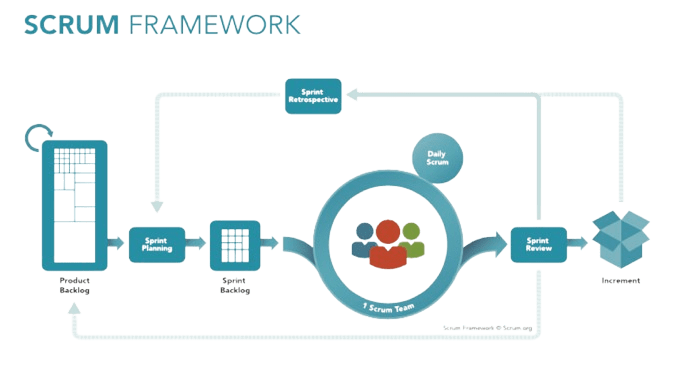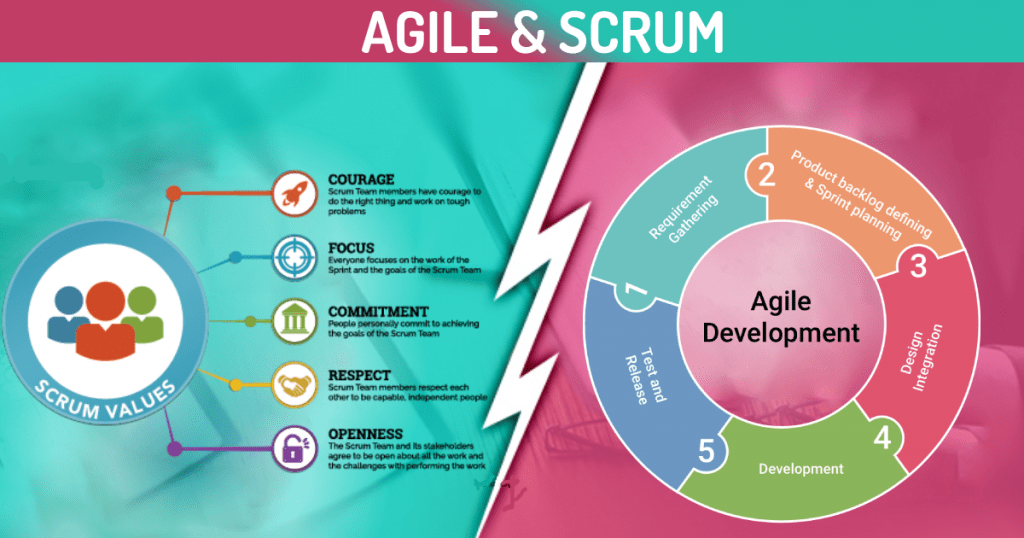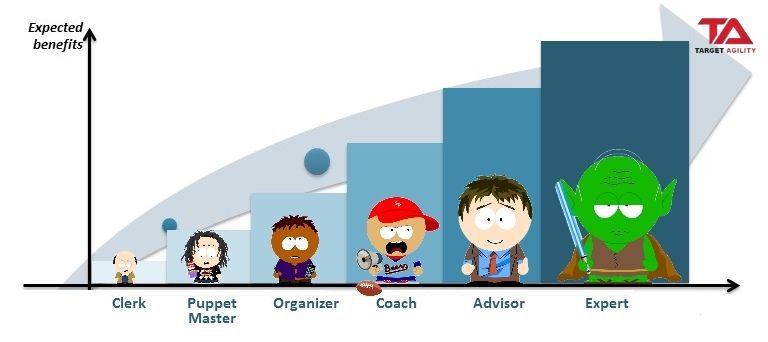Introduction:
This blog article explores the history, current state, and upcoming trends influencing Scrum and agile practices in software development, examining how they adapt to project management and technology demands.
Thе Birth of Scrum:
Scrum, an agile project management framework, emerged in the early 1990s as an alternative to the traditional waterfall model, offering a softer, more adaptable method for software development, derived from rugby.
Thе Scrum Framеwork:

The Scrum Guideline outlines the fundamental elements of Scrum, including roles, events, and artifacts, providing an organized, adaptable framework for gradual, iterative development.
Currеnt Statе of Scrum

In the present day, Scrum has established itself as the de facto agile framework for numerous enterprises across the globe. Its extensive use is evident in a number of industries beyond software development, such as marketing, finance, and healthcare. The Scrum framework is continually being updated and improved upon to better meet the diverse needs of many businesses and disciplines. Continual improvement, transparency, and teamwork continue to be the cornerstones of Scrum’s success.
Emеrging Trеnds in Agilе and Scrum:

Agile and Scrum practices are undergoing significant changes, with large enterprises increasingly adopting agile methodologies like Large-scale Scrum and Scaled Agile Framework. This shift also highlights the importance of seamless collaboration between development, testing, and operations.
Rеmotе Collaboration
The rise of remote work has made a change in the way agile teams collaborate necessary. Disparate classes now require virtual tools, video conferencing, and asynchronous communication, which challenges conventional ideas of co-location.
Focus on Customеr Expеriеncе
Scrum and other agile methodologies have always placed a strong emphasis on client happiness. Nonetheless, there is an increasing trend toward a more comprehensive approach that considers every aspect of the customer experience, from post-launch assistance to product ideation.
Data-Drivеn Dеcision-Making
Agile teams are using metrics and data to help them make well-informed decisions. Teachers are encouraged to use quantitative data to identify areas for improvement and assess the effects of adjustments because of the emphasis on empirical process control.
Conclusion
Scrum’s resilience and adaptability in changing industries are evident, with future evolution influenced by new technologies, scaling practices, and integration of agile principles, enabling teams to overcome obstacles and seize opportunities.









